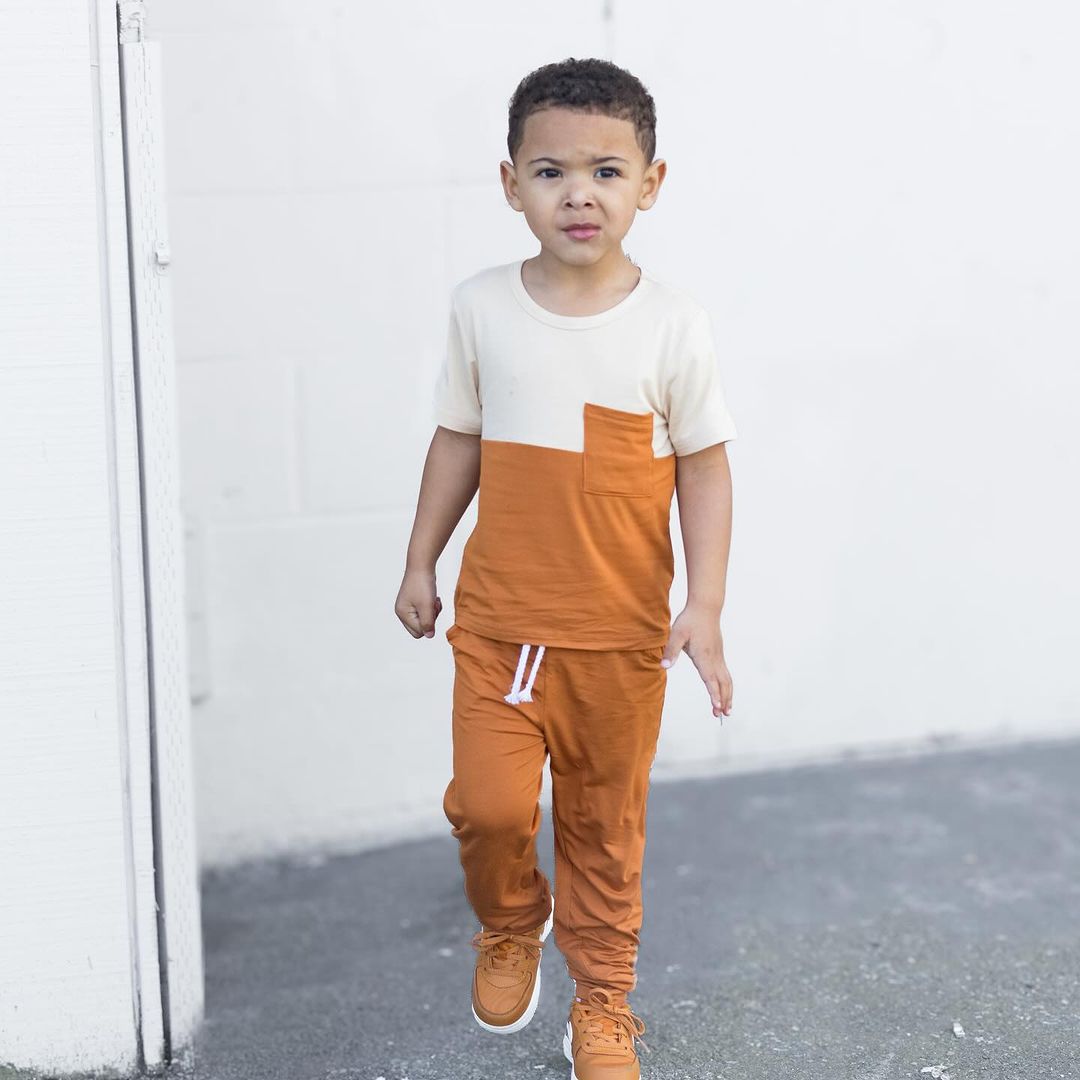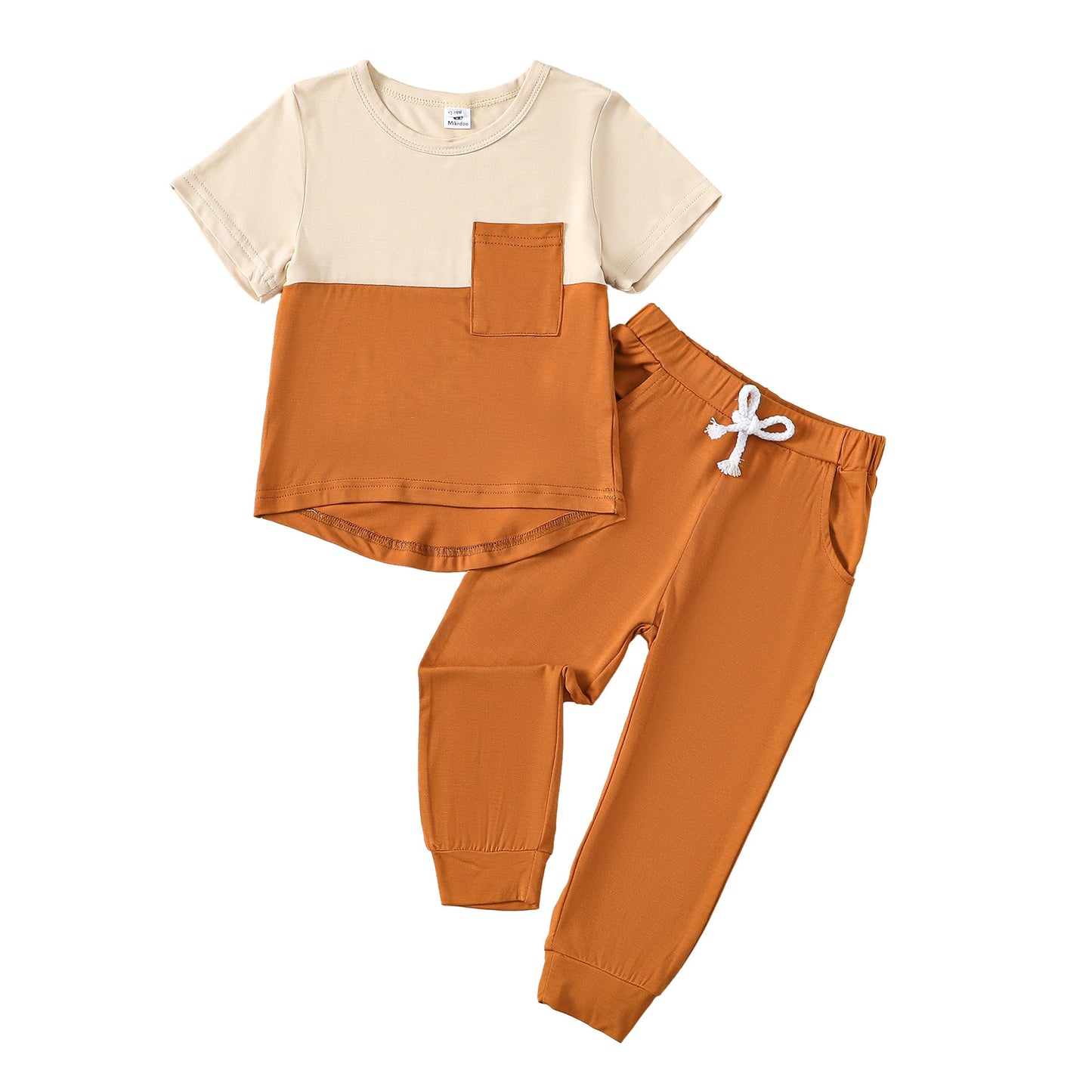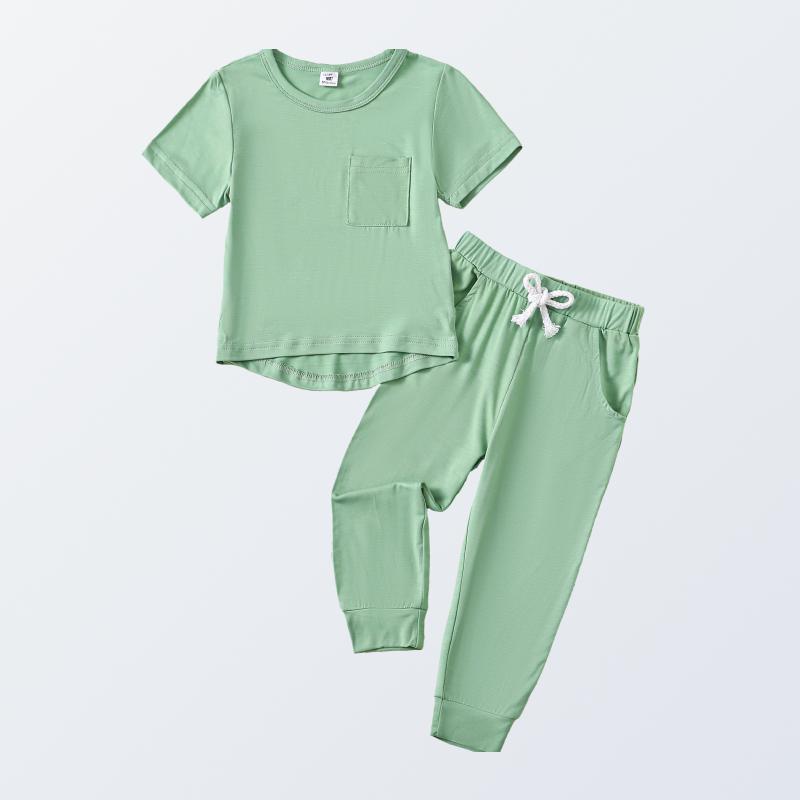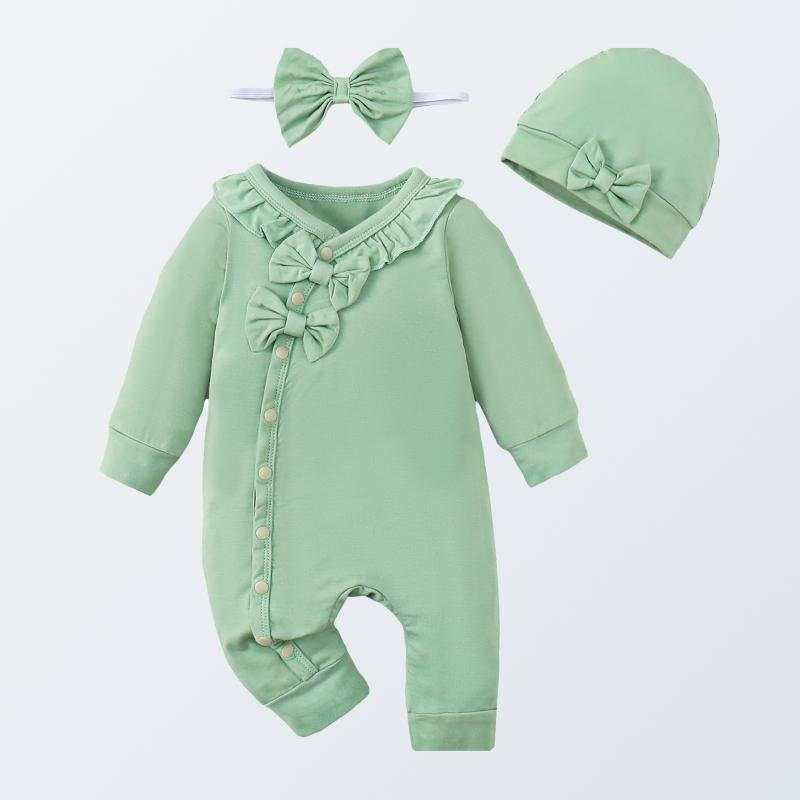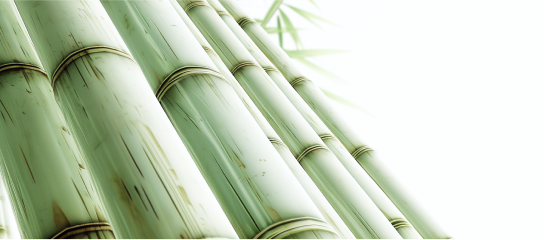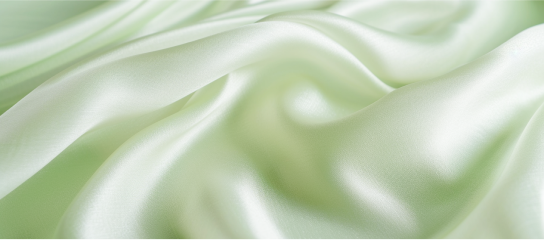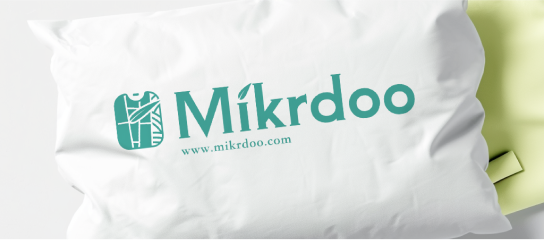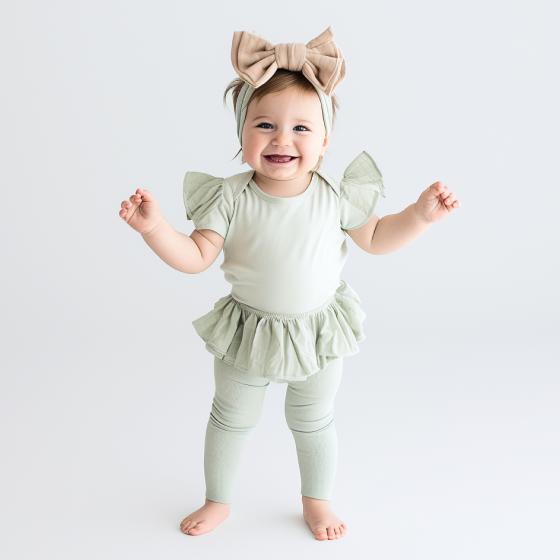
This store requires javascript to be enabled for some features to work correctly.
Explore More Collections
Mikrdoo Bamboo
A Comprehensive Comparison of
Natural Bamboo & Midrdoo Bamboo & Regular Cotton
 Excellent
Excellent Bad
Bad
Natural Bamboo
Mikrdoo Bamboo
95% bamboo rayon and 5% spandexRegular Cotton

Breathable
















Stretchy & Wrinkle-resistant
















Soft
















Dyeing
















Antibacterial
















Acid-resistance/Alkali-resistant
















Anti-static
















No Pilling
















No Shrinkage















Disclaimer
We aim for accuracy but do not guarantee completeness, timeliness, or suitability. Users are advised to verify the information. The content is for reference; the platform disclaims legal liability. Disclaimer is subject to platform adjustments.

